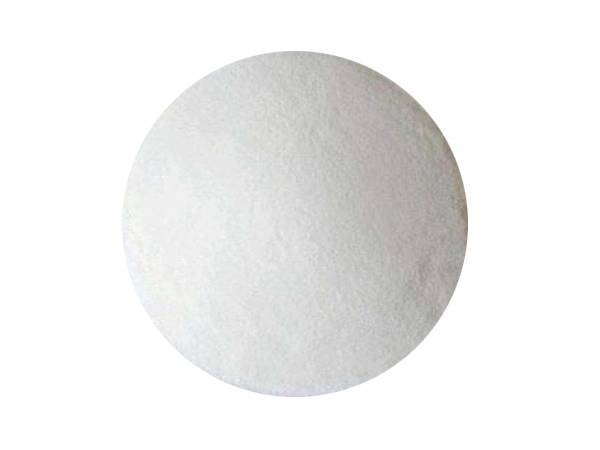



Optimizing Chemical Dosing in Chilled Water Systems for Enhanced Efficiency and Performance
Chemical Dosing for Chilled Water Systems A Comprehensive Overview
Chilled water systems are critical components in a variety of industrial, commercial, and residential applications, primarily used for air conditioning and process cooling. The efficiency and reliability of these systems hinge not only on mechanical components but also on the proper management of water quality through effective chemical dosing. This article provides an in-depth understanding of chemical dosing in chilled water systems, addressing its importance, methods, and best practices.
Importance of Chemical Dosing
Chemical dosing plays a vital role in maintaining the health and efficiency of chilled water systems. The quality of water used in these systems can significantly impact their performance. Poor water quality can lead to various issues such as scaling, corrosion, and biological growth—these problems can cause equipment failure, increased energy consumption, and costly downtime.
1. Corrosion Control Chilled water systems often include metal components such as pipes, heat exchangers, and chillers. Without adequate corrosion inhibitors, the water can lead to pitting and degradation of these metals, which not only shortens the lifespan of the equipment but also affects the system's overall efficiency.
2. Scale Prevention Hard water contains minerals like calcium and magnesium. When water is heated or cooled, these minerals can precipitate out, forming scale on the surfaces of heat exchangers and chillers. Scale buildup reduces heat transfer efficiency and can result in overheating and system malfunctions.
3. Microbiological Control Biofilms and microbial growth can thrive in chilled water systems, leading to what is commonly known as slime. This not only contributes to fouling and inefficiencies but can also pose health risks, especially in systems that deliver water for human consumption or humidity control.
4. Maintaining pH Levels The pH of the water in a chilled water system needs to be controlled to prevent corrosion and scaling. Ideally, the pH should be maintained within a range that minimizes both risks.
Chemical Dosing Methods
Chemical dosing in chilled water systems typically involves the use of various chemical agents to address the issues outlined above. Some of the most commonly used chemicals include
- Corrosion Inhibitors Compounds such as nitrites, molybdates, and phosphonates are added to protect metal surfaces from corrosion.
chemical dosing for chilled water system

- Scale Inhibitors Chemicals like polyacrylates and phosphonates help prevent the deposition of calcium and magnesium salts.
- Biocides To control microbial growth, biocides such as chlorine dioxide, bromine, or non-oxidizing biocides are used in careful doses to maintain water quality without harmful side effects
.- pH Adjusters Acids (like hydrochloric or sulfuric acid) or bases (like sodium hydroxide) are employed to maintain the desired pH levels in the water system.
Best Practices for Chemical Dosing
Implementing effective chemical dosing requires careful planning and execution. Here are some best practices to keep in mind
1. Regular Water Testing Frequent testing of the chilled water quality is essential. Parameters such as pH, conductivity, microbial counts, and inhibitor concentrations should be monitored to make informed dosing decisions.
2. Automated Dosing Systems Utilizing automated chemical dosing systems can help ensure precise and consistent dosing. These systems adjust chemical addition based on real-time water quality parameters, enhancing efficiency and reducing the risk of over- or under-dosing.
3. Consulting with Experts It is essential to work with water treatment professionals who can provide insights into the most suitable chemical treatment programs tailored to the specific needs of your chilled water system.
4. Documentation and Record-Keeping Keeping detailed records of chemical dosing, water quality parameters, and maintenance activities helps track system performance and compliance with regulatory requirements.
Conclusion
In summary, chemical dosing is an integral part of maintaining the efficiency and longevity of chilled water systems. By implementing proper dosing strategies and continuously monitoring water quality, facility managers can mitigate risks, improve system performance, and extend the lifespan of their cooling infrastructure. Ultimately, investing in effective chemical management not only enhances operational efficiency but also contributes to significant cost savings over time.
-
Why Sodium Persulfate Is Everywhere NowNewsJul.07,2025
-
Why Polyacrylamide Is in High DemandNewsJul.07,2025
-
Understanding Paint Chemicals and Their ApplicationsNewsJul.07,2025
-
Smart Use Of Mining ChemicalsNewsJul.07,2025
-
Practical Uses of Potassium MonopersulfateNewsJul.07,2025
-
Agrochemicals In Real FarmingNewsJul.07,2025
-
Sodium Chlorite Hot UsesNewsJul.01,2025










